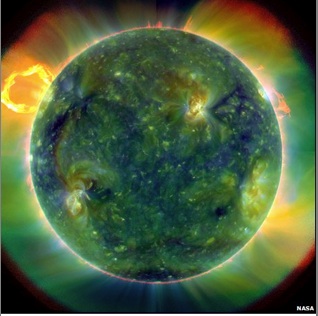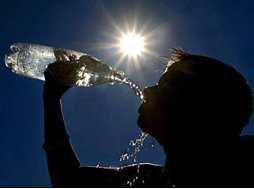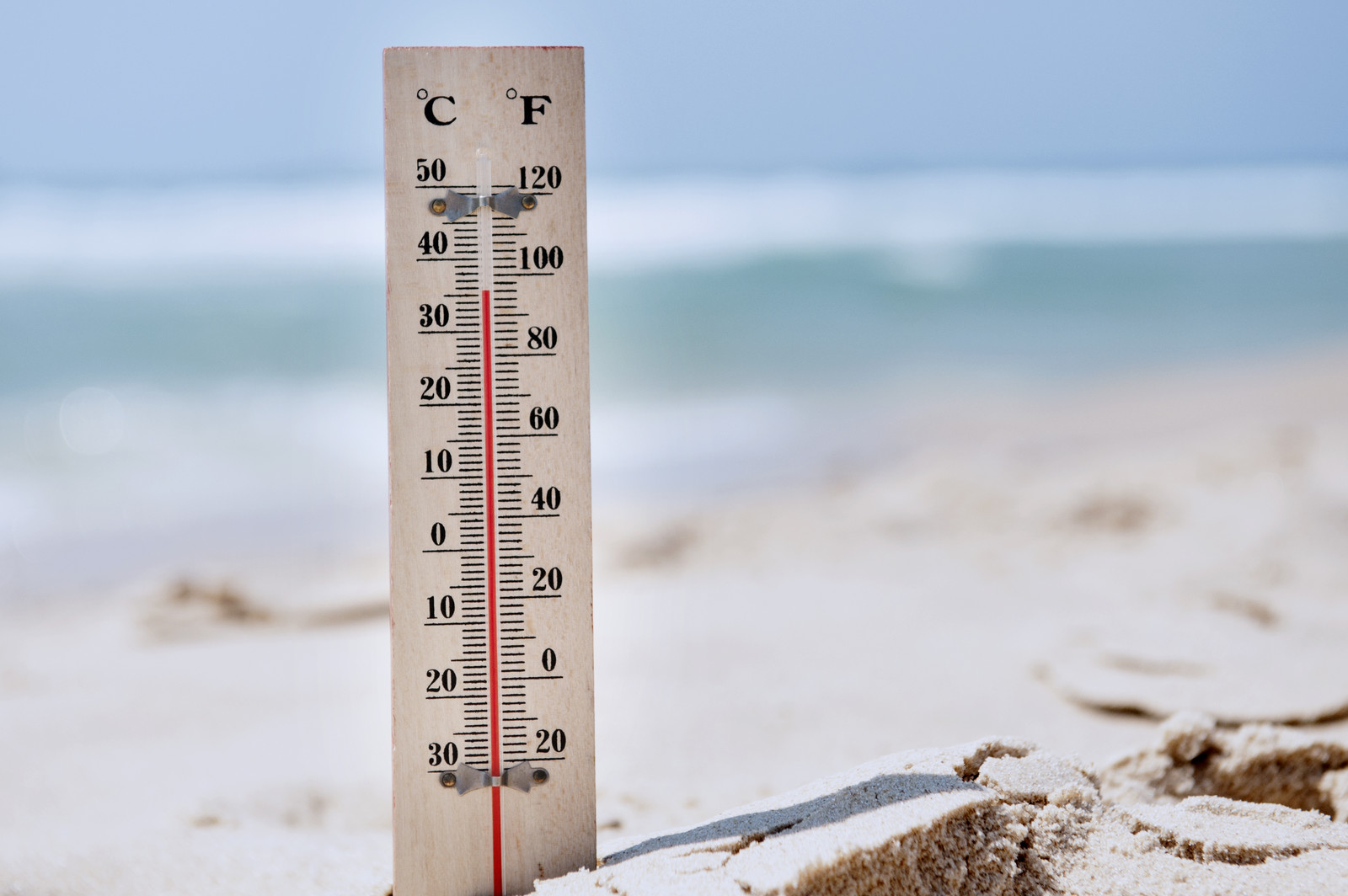Sun Stroke
Sun stroke is medically referred to as Hyperthermia, which is an elevated body temperature due to failed thermoregulation, or inability to regulate the body's temperature.
 NASA's sun picture
NASA's sun pictureEffectively, this condition means that your body is either producing or absorbing more heat than it can dissipate.
Once your body temperature reaches a temperature greater than 40.6 C (105.1F), your sun stroke becomes a medical emergency.
Without immediate treatment you can incur a disability or even die.
Sun stroke - Is it the same as Heat stroke?
 Hydration is important in deflecting sun or heat stroke
Hydration is important in deflecting sun or heat strokeThe term is often used in place of heat stroke, but the following highlights the differences between the 2:
- Heat stroke is an overexposure to heat, no matter whether you are in the sun, in the shade, or indoors.
- Sunstroke, on the other hand, is caused by overexposure to the sun's radiation.
- Heat stroke occurs when your body's thermostat cannot keep your body cool.
- Sunstroke occurs when this happens when the source of the heat is the sun.
- Sunstroke actually differs from an ordinary fever which has really high body temperatures in that a fever is caused by a change in the body's temperature set-point.
Both require medical attention as if not cooled immediately, the high body temperature will eventually damage the tissue of almost every organ.
An example of sunstroke is when direct radiation to an unprotected head with sparse or no hair cover penetrates the skull and irritates the outer layers of the brain.
At the same time, the head overheats if the blood circulation is insufficient to carry the excess heat away.
Babies are at particular risk here, as their skull is still very thin and most have very thin hair cover.
Sun stroke: The following are particularly susceptible:
- the elderly
- people not used to physical activity in the sun
- people exposing themselves to too much sun when not used to any (eg tourists from Europe in Africa)
- people overdoing their physical activity in the sun
- young children
Causes of sun stroke
 Too much heat at the beach promotes sunstroke
Too much heat at the beach promotes sunstrokeSun-stroke is caused by prolonged exposure to excessive heat from the sun or a combination of heat from the sun and high humidity levels.
The heat-regulating mechanisms of the body eventually become overwhelmed and when no longer able to effectively deal with the heat, the body temperature starts to climb uncontrollably.
Exercising in the heat will exacerbate the situation.
Significant physical exertion on a very hot day can generate heat beyond a normal healthy body's ability to cool itself, because the heat plus any humidity of the environment reduce the efficiency of the body's normal cooling mechanisms.
There are further factors that will push the body's limits, such as:
- not drinking enough water
- drinking alcohol in the sun
- lack of natural air conditioning
Sun stroke without overdoing the exercise side of things, is more prominent with the young or the elderly. ie. they just plain overdo the exposure to the sun, spending too long in the sun without protection when it is plainly too hot.
It can also be aided and abetted unknowingly through the use of medications that reduce vasodilation, sweating, and other heat-loss mechanisms, such as anticholinergic drugs, antihistamines, and diuretics.
Sometimes in this situation, the body's intolerance for excessive heat actually causes heat stroke rather than sun stroke, as they become incapable of coping with the heat, even while resting.
Signs of sun stroke or symptoms to look out for:
- The skin will typically become noticeably very hot
- As the blood vessels dilate in an attempt to increase heat dissipation, the skin may also become quite flushed or red
- Heat dissipation sometimes leads to very swollen lips
- An inability to cool the body through perspiration will cause the skin to feel unusually dry
- Dehydration can occur if not given enough fluid
- Nausea, vomiting, headaches and low blood pressure can result from being dehydrated for too long
- With a low blood pressure, standing up too quickly may cause dizziness or even fainting
In the case of an extreme sun stroke that receives no medical attention, further symptoms include:
- Confusion, irritability, hostility, or even a sort of intoxicated behavior
- Heart rate and respiration rate increasing rapidly as the blood pressure drops and the heart attempts to supply enough oxygen to the body
- Decrease in blood pressure results in a pale or bluish skin color as the blood vessels contract
- Seizures may occur, especially in the very young
- Without medical attention the body organs may begin to fail, muscle meltdown (rhabdomyolisis) and blood clotting (thrombosis) and eventually incurring an unconsciousness state and even possibly death
References:
Harrison's Principles of Internal Medicine
(17 ed.). McGraw-Hill Professional. pp.117121
Heat stroke and sun stroke risks and treatments




New! Comments
Have your say... please leave me a comment in the box below.